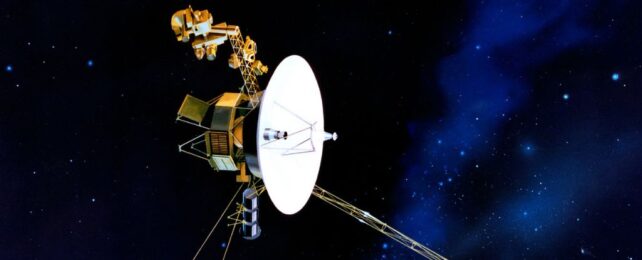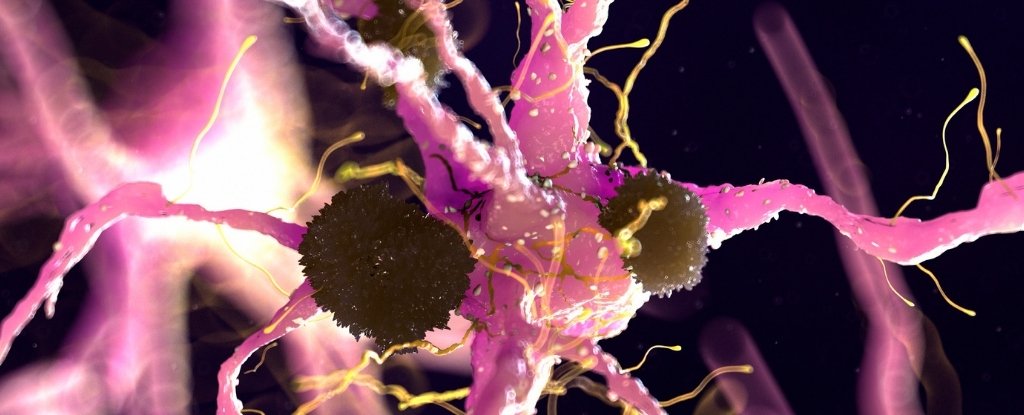ARTICLE AD
 Artist concept of Voyager. (Stocktreck Images/Getty Images)
Artist concept of Voyager. (Stocktreck Images/Getty Images)
For months now, the most distant spacecraft to Earth – Voyager 1 – has been talking gibberish on the interplanetary 'radio'.
The repetitive jumble of 1s and 0s it's sending back to our planet, 24 billion kilometers (15 billion miles) away, has made no sense to scientists until now.
Turns out, officials at NASA just needed to give the oh-so-distant craft a bit of a 'poke' to ask it how it was feeling.
In response to a coded command sent in March, a computer onboard the Voyager called the flight data subsystem (FDS) has revealed where it hurts. This system wraps up the mission's all-important observations before beaming them back to Earth.
The system returned a software readout to Earth that scientists have now used to confirm about 3 percent of its memory is corrupted. Which is why turning the FDS on and off didn't resolve the issue back in November of 2023.
Based on the gobbledygook data the FDS is currently packaging, engineers at NASA suspect that most of the corruption is confined to a single chip in the computer's memory system.
In March, the Voyager mission team at NASA sent a so-called poke command to the FDS. Poke commands modify specific memory addresses, which is why gamers sometimes use them to cheat, by giving themselves unlimited lives or some such similar advantage.
In this case, the command allowed the engineers to prompt the system into using different readout sequences in its software packages in an effort to circumvent the problem.
Thanks to the FDS' response to the poke command, received 22.5 hours later, engineers noticed that one part of the system was returning some strange readings. They appeared to be in the wrong format, and an engineer on the team was able to decode them.
The mumbo jumbo signal contained a readout of the entire FDS memory system. Comparing this readout to one received before the issue arose, the Voyager team was able to locate the source of corruption.
No one yet knows what originally caused the corruption, but it could have come from energetic particles in space sparking damage, or simply sheer age.
Voyager 1 has gone above and beyond its initial mission, both figuratively and literally speaking. It was designed to explore Jupiter and Saturn and was launched all the way back in 1977, which means its computers are wildly outdated.
NASA has been forced to consult decades-old documents in their ongoing effort to patch up Voyager's ailing system in recent months as the technology on board has been all but forgotten.
Engineers say it could be a few more weeks or even months before they find a way around the corruption and Voyager 1 can start sharing information on the borderlands of interstellar space once again.

 9 months ago
56
9 months ago
56 

